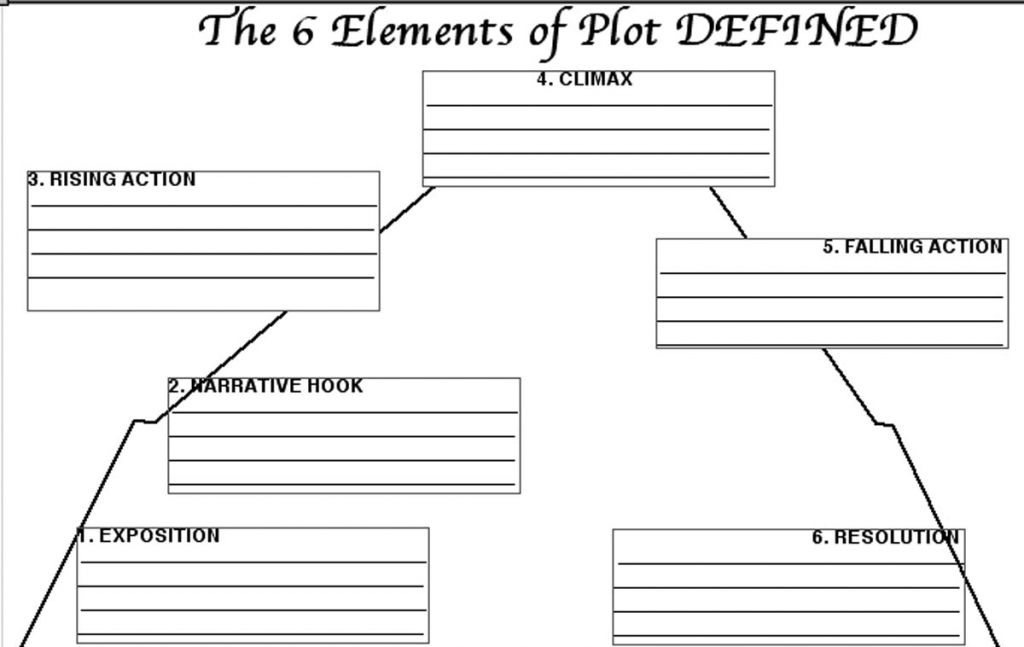
On the first day of your story, you may identify an action or scene by writing “Jenna meets Bob” or “Alice files for divorce” or “Aliens attack.” You may want to add the location these events take place or the approximate hour/time of day.

Keep your story calendar beside your computer as you write (or in an open tab) and use abbreviated notes to jot down what happens when. Keeping a story calendar accurate right from the beginning will make this task easier. Part of the revision process after the story is written will be to make sure the times/dates of your story accurately line up. Just make sure if you erase one date, you consider how it may affect the rest of the timeline in your story. If you find you need to change it later, you can adjust by erasing. If you do not know, then just pick a date and write it on your story calendar and go from there. So what hour, day, month, year will your story begin? Make sure you also mark any holidays or historical events that would impact the characters or plot in this story. You can either keep your calendar on your computer and type in what happens each day of your story or print a calendar off and write by hand – using pencil so that you can easily erase! You may also want to color-code different events to keep track of different characters or story threads. What was that character doing in-between scenes? Is it believable the character could have accomplished those tasks in the time given between scenes?īefore I sit down to write any story, I make sure I have a story calendar to track the passage of time starting with page one. Similarly, if you write one scene with a character and then a second scene with a different character, then a third scene with the first character again, the reader needs to know how much time has passed since we last saw that character. This can lead the reader to become confused and distanced from your story, or worse, cause them to put your book down. Is it an hour later? The next day? Three days later? If you do not mark the passage of time for your reader at the beginning of each new scene, they may assume the two scenes happened almost back to back when that might not necessarily be true. It puts everything into the proper context.įor example, if you write a scene with a character in one location and then start another scene with that same character in a different location, the reader needs to know how much time has passed in-between scenes. Writing accurate passage of time helps ‘ground’ the reader.Ī story calendar (some might call it a ‘story tracker’) can help you write scenes that convey how much time has passed since you last mentioned a character or event to help the reader better understand what is going on.


 0 kommentar(er)
0 kommentar(er)
